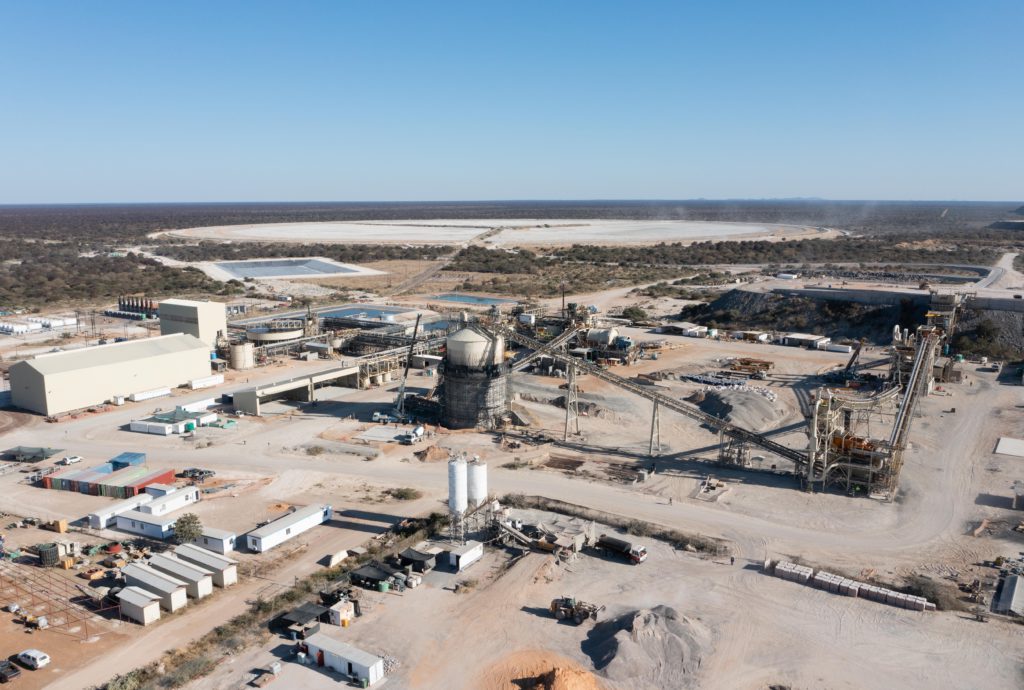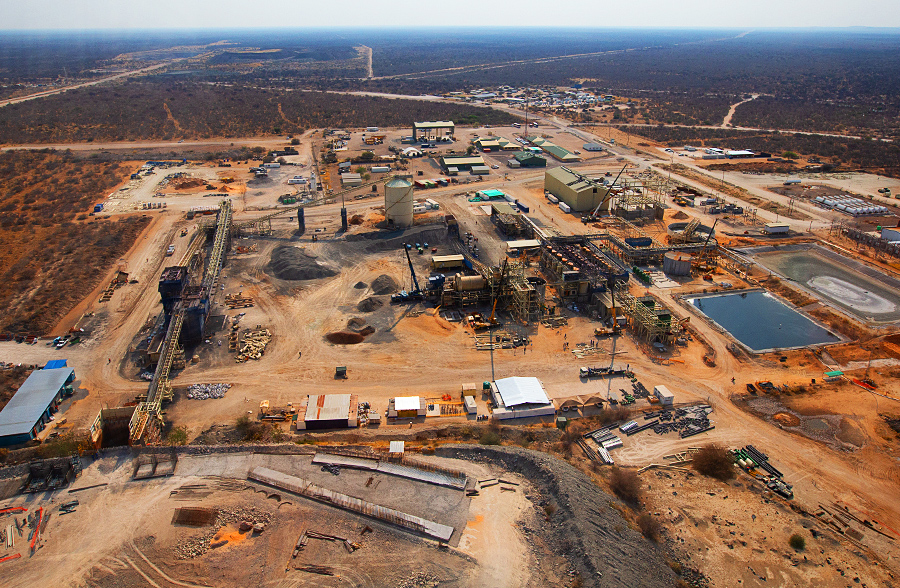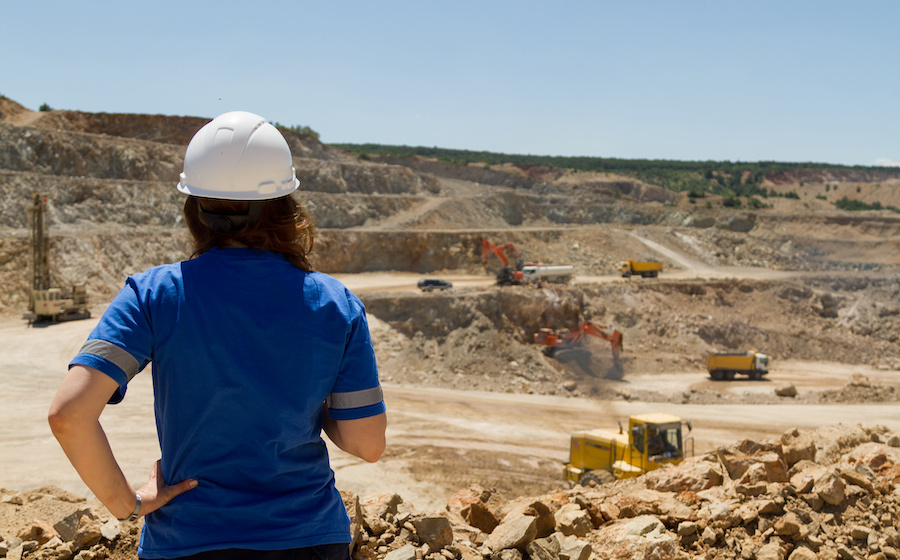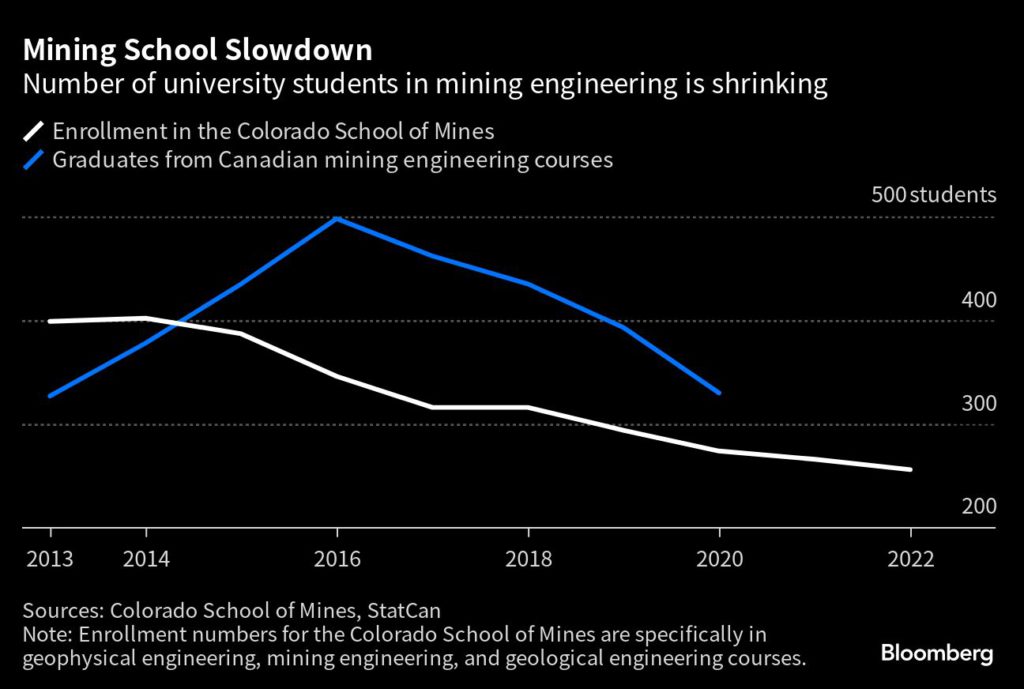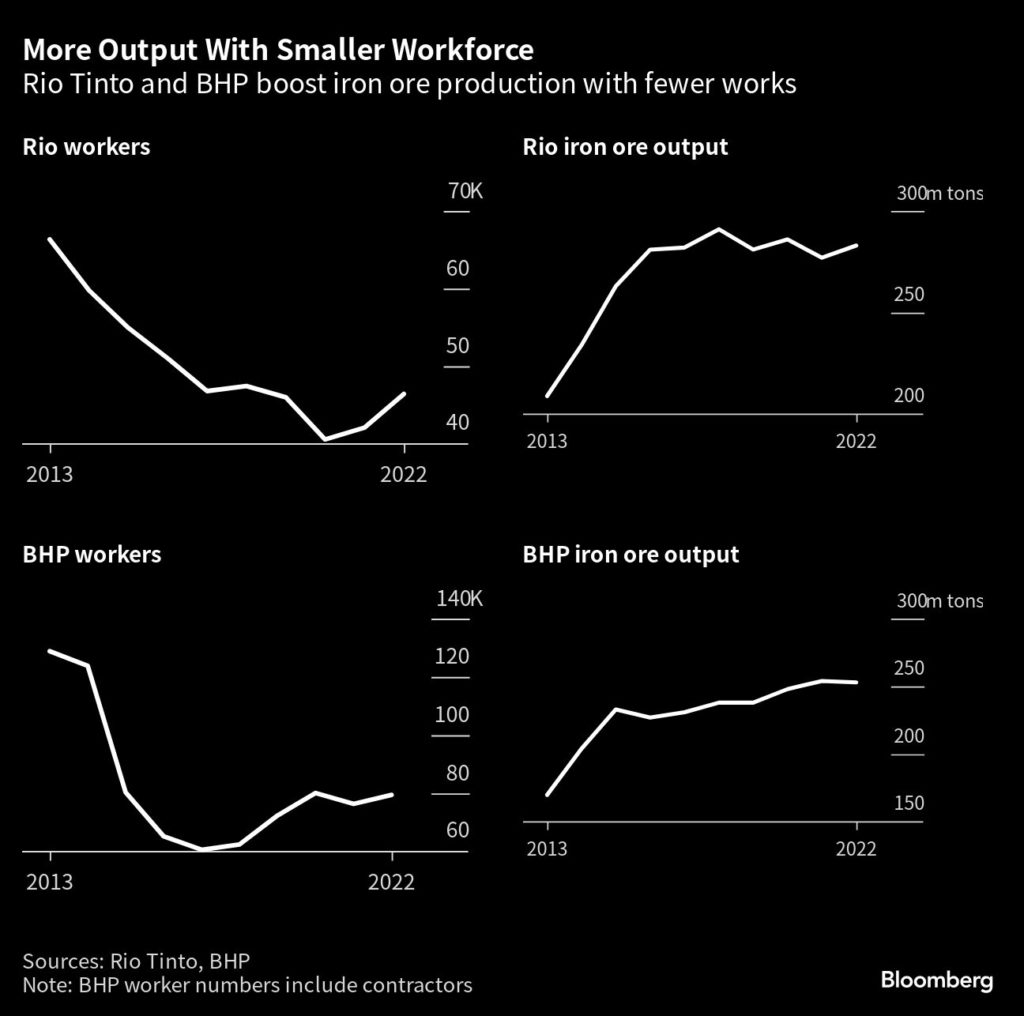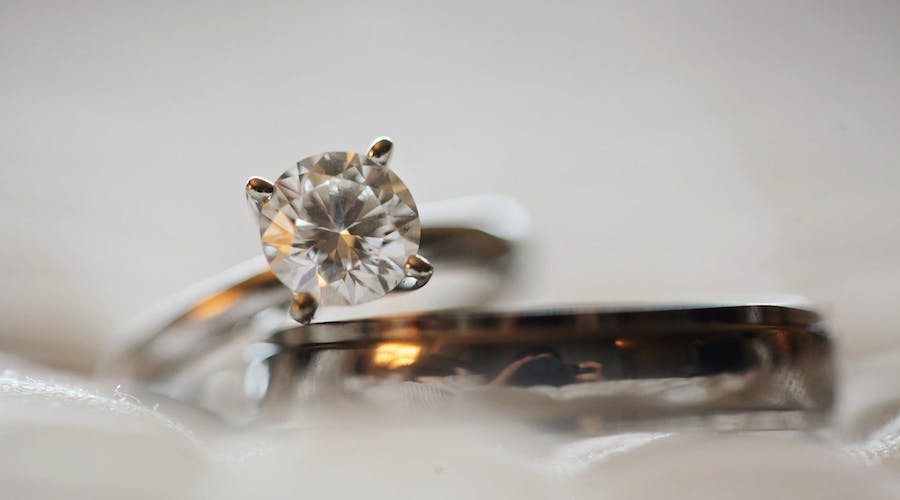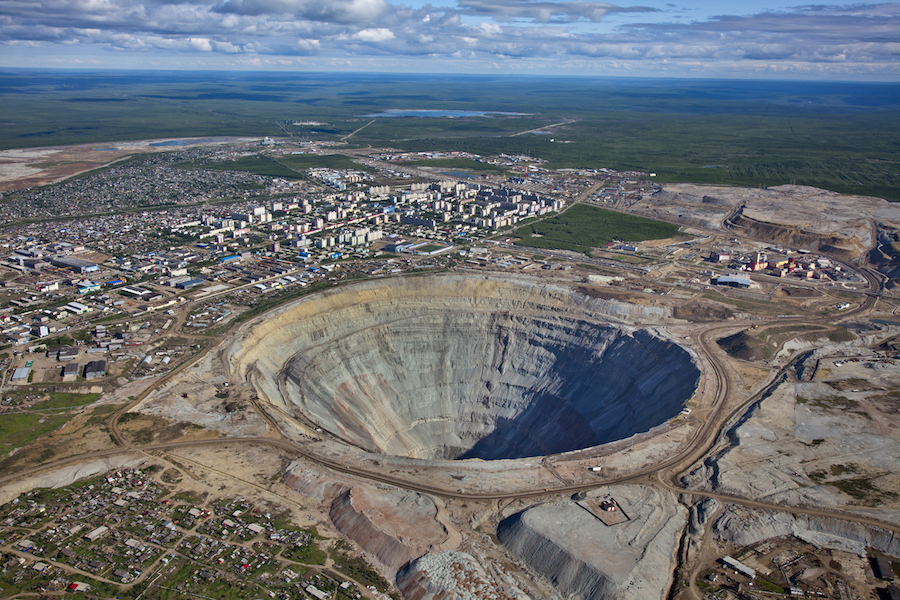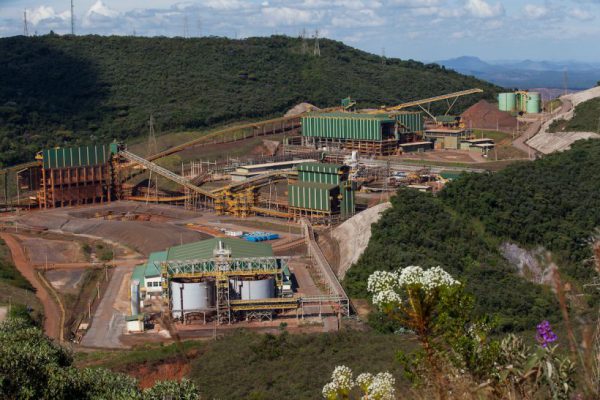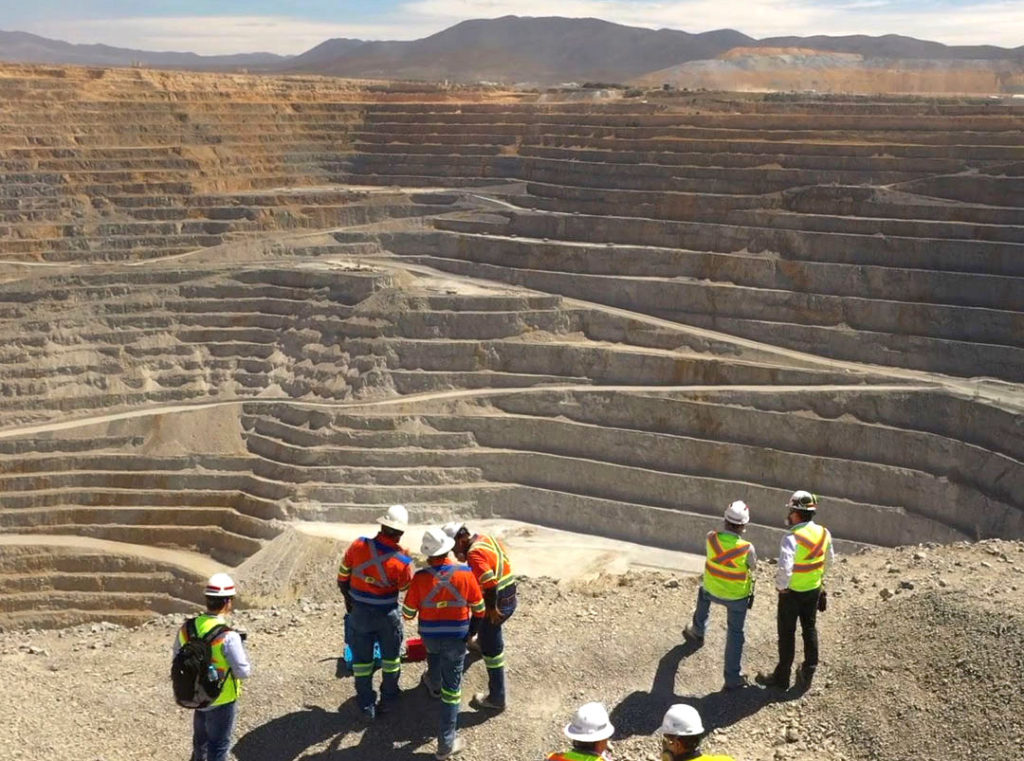No quick end for sale of Teck’s coal unit as mining giant weighs more bids than expected
Eric Reguly - The Globe and Mail | September 5, 2023 |
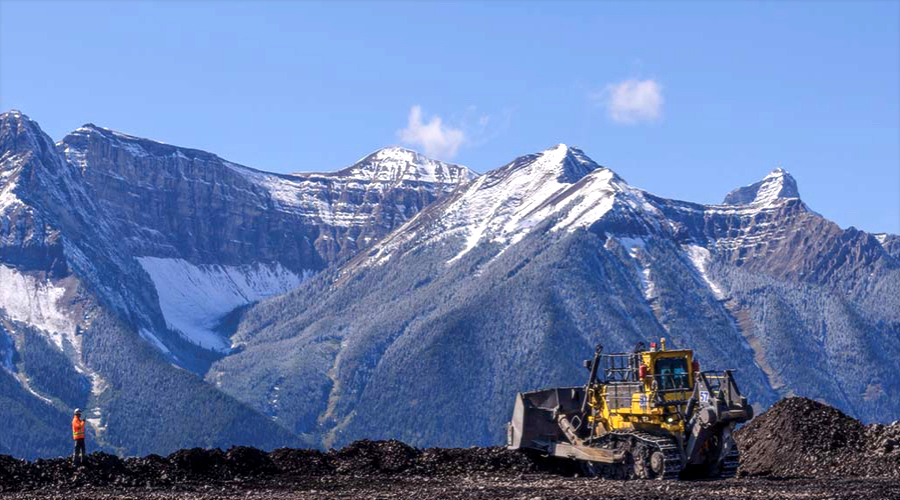
Teck’s Greenhills steelmaking coal operation in Elk Valley, British Columbia. (Image courtesy of Teck Resources.)
Canada’s Teck Resources (TSX: TECK-B) is surprised by the global interest in its coal business, suggesting that bidders such as Switzerland’s Glencore will face a highly competitive bidding process whose outcome will not be known quickly.

In an interview in London, Teck CEO Jonathan Price said the range of possible bidders for the coal division, known as Elk Valley Resources (EVR), includes mining companies, steelmakers and resources funds. EVR is the world’s second-biggest exporter of seaborne metallurgical coal, which is used to make steel.
“We are positively surprised by the number of credible proposals we have received,” he said. “We have several that are serious.”
He suggested that the complexity of evaluating the various proposals meant that no deal was imminent, though Teck wants to announce the winning bid by the end of the year. “If it takes a couple of additional months to get the right deal done, this is what we’ll do,” he said. “This is a very high priority for us, and I would prefer not to see this carry over into 2024.”
Teck, whose headquarters are in Vancouver, announced in February a plan to spin off EVR to shareholders, creating a standalone coal operation. But it cancelled the deal in April after determining that shareholders would vote to reject it. Many of them considered the spinoff excessively complicated, in part because the new EVR would have paid most of its cash flow and royalties for a decade to Teck, which, minus the coal assets, would focus on energy-transition metals such as copper.
At the time, Teck said “some shareholders would prefer a more direct approach to separation. … Our plan going forward is to pursue a simple and more direct separation.”
Since then, Teck has been trying to sell EVR through a direct sale of the entire business or through a hybrid deal that would see the sale of a significant minority interest followed by the spinoff of the rest to shareholders. Either way, there would be no ongoing connection between Teck and EVR, unlike the original proposal.
The only known firm offer for all of EVR is from Glencore, which had unveiled a bid in early April to buy Teck in its entirety for $23-billion in an all-share deal. Teck rejected the offer, which had been pitched at a 20-per-cent premium, and later turned down a revised offer that contained a cash option.
But Glencore did not fully retreat – it came back and offered $8.2-billion in cash for EVR.
Other potential bidders that have made their interest in EVR publicly known include a group of investors led by Pierre Lassonde, the gold-mining veteran who co-founded Franco-Nevada Mining Corp.; Nippon Steel, the Japanese steel maker that in February offered $1.1-billion to buy a 10-per-cent stake in EVR; and India’s JSW Steel, whose chairman, Sajjan Jindal, told Bloomberg a week ago that the company intends to bid for 20 per cent to 40 per cent of EVR.
Mr. Price, who is 47 and replaced Don Lindsay as Teck’s CEO a year ago, said there were other potential bidders. But he would not identify them, presumably because they have signed nondisclosure agreements, nor would he reveal their numbers beyond “a few.”
Analysts have said a direct sale of all of EVR to a single company such as Glencore would be the simplest, quickest option. “A sale of 100 per cent of EVR for cash would be the cleanest and most positive outcome, in our view, leaving Teck as a pure metals company with a very strong balance sheet,” Deutsche Bank Research said in a note published Monday. “Under this scenario, Teck Metals [the standalone metals company] would move into a net cash position, although some of the proceeds could be returned to shareholders or sued to buy back stock.”
But Mr. Price said that either option – an outright sale or a partial sale and spinoff – were both viable and fairly easy possibilities. “I don’t think selling a minority and spinning off the rest is complicated at all,” he said. “We need to make sure we get full value for EVR, and many of our investors would like to have continued exposure to EVR given the quality of its assets and the long-term outlook for steelmaking coal prices.”
Some analysts think a partial sale is emerging as Mr. Price’s preferred option, though the CEO declined to say which way he was leaning. “In our view, a partial sale of the business to a consortium of buyers is a more probable scenario,” Bank of Nova Scotia analyst Orest Wowkodaw said in an Aug. 29 note. “This structure would also likely eliminate the requirement for a shareholder vote.”
Mr. Price said interest in EVR was high partly because it produces “high-quality” steelmaking coal, meaning it has the right combination of chemical and physical properties that makes steelmaking more efficient.
Glencore would not comment Tuesday on its pursuit of EVR. The last public comments on its purchase proposal came in early August, when CEO Gary Nagle said his company would combine the Glencore and Teck coal assets, then demerge the business within 24 months of closing the deal. He said Glencore has already set aside $2-billion in cash to help fund the purchase of EVR.
“Glencore is fully committed to ensuring that a transaction with Teck would benefit Canada and is open to working with Teck to identify a comprehensive suite of commitments for the benefit of all relevant stakeholders,” Mr. Nagle said.
Glencore would expect Teck to insist on a “standstill” agreement, meaning Glencore would be prevented from bidding for Teck’s metals business for a number of years in exchange for the right to buy EVR.
Eric Reguly - The Globe and Mail | September 5, 2023 |

Teck’s Greenhills steelmaking coal operation in Elk Valley, British Columbia. (Image courtesy of Teck Resources.)
Canada’s Teck Resources (TSX: TECK-B) is surprised by the global interest in its coal business, suggesting that bidders such as Switzerland’s Glencore will face a highly competitive bidding process whose outcome will not be known quickly.

In an interview in London, Teck CEO Jonathan Price said the range of possible bidders for the coal division, known as Elk Valley Resources (EVR), includes mining companies, steelmakers and resources funds. EVR is the world’s second-biggest exporter of seaborne metallurgical coal, which is used to make steel.
“We are positively surprised by the number of credible proposals we have received,” he said. “We have several that are serious.”
He suggested that the complexity of evaluating the various proposals meant that no deal was imminent, though Teck wants to announce the winning bid by the end of the year. “If it takes a couple of additional months to get the right deal done, this is what we’ll do,” he said. “This is a very high priority for us, and I would prefer not to see this carry over into 2024.”
Teck, whose headquarters are in Vancouver, announced in February a plan to spin off EVR to shareholders, creating a standalone coal operation. But it cancelled the deal in April after determining that shareholders would vote to reject it. Many of them considered the spinoff excessively complicated, in part because the new EVR would have paid most of its cash flow and royalties for a decade to Teck, which, minus the coal assets, would focus on energy-transition metals such as copper.
At the time, Teck said “some shareholders would prefer a more direct approach to separation. … Our plan going forward is to pursue a simple and more direct separation.”
Since then, Teck has been trying to sell EVR through a direct sale of the entire business or through a hybrid deal that would see the sale of a significant minority interest followed by the spinoff of the rest to shareholders. Either way, there would be no ongoing connection between Teck and EVR, unlike the original proposal.
The only known firm offer for all of EVR is from Glencore, which had unveiled a bid in early April to buy Teck in its entirety for $23-billion in an all-share deal. Teck rejected the offer, which had been pitched at a 20-per-cent premium, and later turned down a revised offer that contained a cash option.
But Glencore did not fully retreat – it came back and offered $8.2-billion in cash for EVR.
Other potential bidders that have made their interest in EVR publicly known include a group of investors led by Pierre Lassonde, the gold-mining veteran who co-founded Franco-Nevada Mining Corp.; Nippon Steel, the Japanese steel maker that in February offered $1.1-billion to buy a 10-per-cent stake in EVR; and India’s JSW Steel, whose chairman, Sajjan Jindal, told Bloomberg a week ago that the company intends to bid for 20 per cent to 40 per cent of EVR.
Mr. Price, who is 47 and replaced Don Lindsay as Teck’s CEO a year ago, said there were other potential bidders. But he would not identify them, presumably because they have signed nondisclosure agreements, nor would he reveal their numbers beyond “a few.”
Analysts have said a direct sale of all of EVR to a single company such as Glencore would be the simplest, quickest option. “A sale of 100 per cent of EVR for cash would be the cleanest and most positive outcome, in our view, leaving Teck as a pure metals company with a very strong balance sheet,” Deutsche Bank Research said in a note published Monday. “Under this scenario, Teck Metals [the standalone metals company] would move into a net cash position, although some of the proceeds could be returned to shareholders or sued to buy back stock.”
But Mr. Price said that either option – an outright sale or a partial sale and spinoff – were both viable and fairly easy possibilities. “I don’t think selling a minority and spinning off the rest is complicated at all,” he said. “We need to make sure we get full value for EVR, and many of our investors would like to have continued exposure to EVR given the quality of its assets and the long-term outlook for steelmaking coal prices.”
Some analysts think a partial sale is emerging as Mr. Price’s preferred option, though the CEO declined to say which way he was leaning. “In our view, a partial sale of the business to a consortium of buyers is a more probable scenario,” Bank of Nova Scotia analyst Orest Wowkodaw said in an Aug. 29 note. “This structure would also likely eliminate the requirement for a shareholder vote.”
Mr. Price said interest in EVR was high partly because it produces “high-quality” steelmaking coal, meaning it has the right combination of chemical and physical properties that makes steelmaking more efficient.
Glencore would not comment Tuesday on its pursuit of EVR. The last public comments on its purchase proposal came in early August, when CEO Gary Nagle said his company would combine the Glencore and Teck coal assets, then demerge the business within 24 months of closing the deal. He said Glencore has already set aside $2-billion in cash to help fund the purchase of EVR.
“Glencore is fully committed to ensuring that a transaction with Teck would benefit Canada and is open to working with Teck to identify a comprehensive suite of commitments for the benefit of all relevant stakeholders,” Mr. Nagle said.
Glencore would expect Teck to insist on a “standstill” agreement, meaning Glencore would be prevented from bidding for Teck’s metals business for a number of years in exchange for the right to buy EVR.
